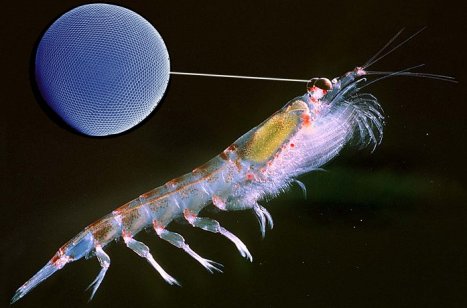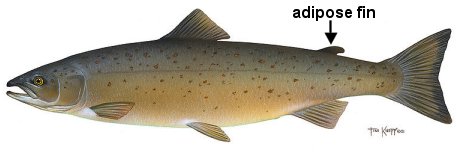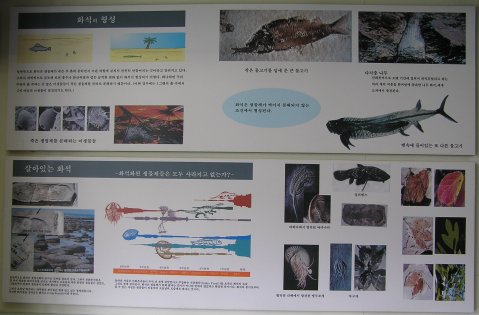I was sent a link to an interesting article written by Ruth Lukabyo of Youthworks College in Sutherland, New South Wales (Australia). In it, she reports on the results of a survey she gave to “scripture kids” in Australia. What are scripture kids, you might ask? They are children who elect to receive religious training as a part of their schooling.
In New South Wales, students in the government school system are allowed to choose whether or not to attend “special religious education” classes during the school day. These classes, commonly referred to as “scripture classes,” are not funded by the government, but they do take place during school time. The children who choose to attend them are commonly called “scripture kids.”
Well, Lukabyo decided to give 208 of these kids a survey. The children were 11-14 years of age, and since they have chosen to attend these classes, you would think that they are at least a bit more favorable to Christianity than the general public. In addition, since they have actually been attending these classes, you would think that they are better educated about Christianity than the general public. Given those two assumptions, the results are rather surprising.





